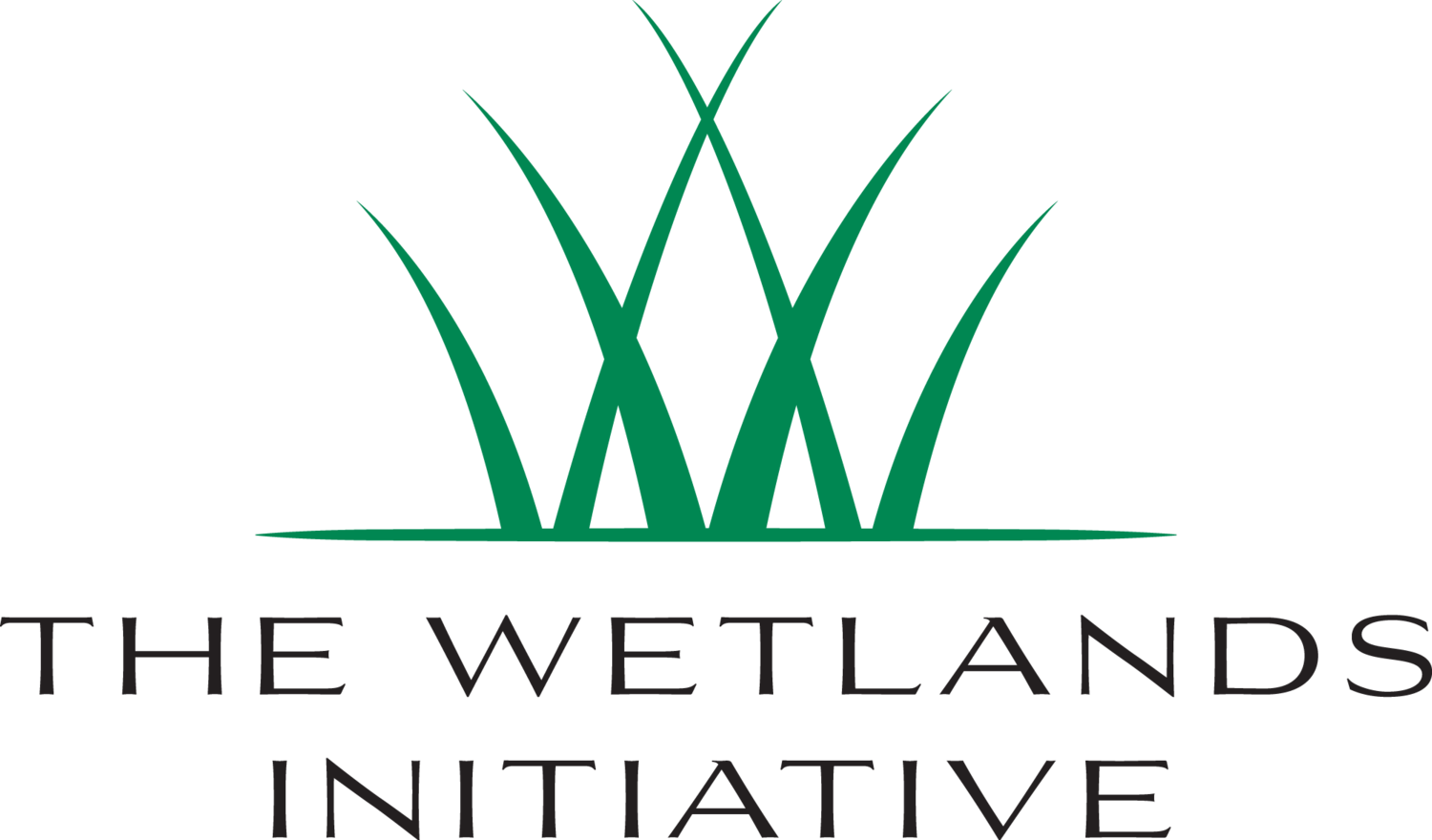Q: How does a water quality trading market involve a trade? Who are the parties doing the trading?
We're talking about literally trading "water quality," that is, units of reduced pollution. In the case of the market we're looking at forming in the Big Bureau Creek watershed, the reduced pollution would be excess nitrogen and phosphorus.
Trading is being proposed in this watershed, as it is in others across the nation, as a way to cost-effectively improve water quality while gaining other environmental benefits, like wildlife habitat.
There are at least three parties to any "trade." First, are the "sellers." These are farmers who voluntarily install and maintain conservation practices on their land to control, reduce, or remove excess nitrogen and phosphorus from the local waterways, such as drainage ways and streams. These practices can generate the "credits" that are typically quantified in terms of pounds or tons for a specific time period (weeks, months, a year).
The Wetlands Initiative's model trading program uses one particular conservation practice: restored wetlands. One of the benefits of using wetlands is that the nutrient levels are measurable in the water both entering and leaving it. This makes the credit (that is, the amount of nutrient removed) quantifiable and verifiable. Plus with wetlands, additional benefits are provided to the environment and the community, such as wildlife habitat, increased biodiversity, floodwater storage, and climate change mitigation.
The second party is the "buyers." Point sources, like wastewater treatment facilities, that are regulated or permitted in what they can discharge to a water body will soon face more stringent regulations for phosphorus and nitrogen. By buying the "credits" from farmers, a wastewater treatment facility can meet their new permit standards while avoiding the higher costs and taxpayer expense associated with conventional concrete and steel facility upgrades.
Finally, a trade needs someone to do "oversight." As with any market program, there needs to be some type of oversight to ensure not only market compliance but that the true environmental gains are happening. This third party or local agency monitors the credit production, verification, and certification.
If implemented and monitored correctly, a water quality trading program can be a win-win-win strategy: A farmer has an additional source of income; facilities have a low-cost way of meeting their permit requirements; and local water resources are restored and protected.
The Wetlands Initiative is leading an interdisciplinary study to set up a framework for a new water quality trading market in the Big Bureau Creek watershed.
~Jill Kostel, Ph.D., senior environmental engineer, the Wetlands Initiative
